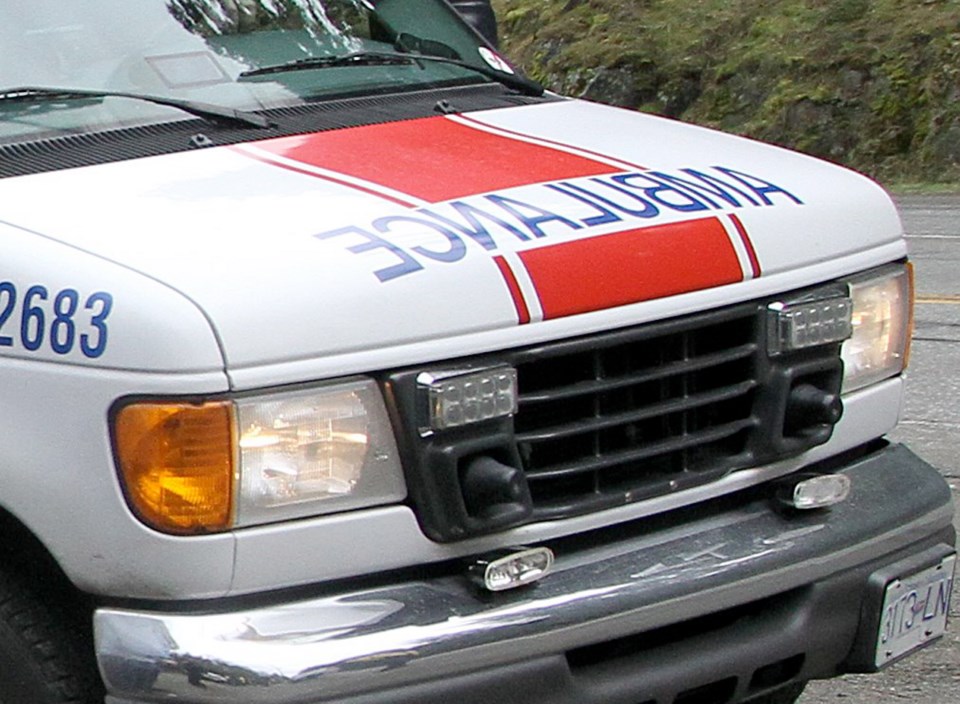Paramedics in urban centres, including Victoria, are falling short of targets for responding to life-threatening 911 calls, which could put people at risk, the province’s auditor general said in a report Wednesday.
Ambulances are getting to urgent calls in urban areas within the nine-minute target only 50 per cent of the time, according to the report by auditor general Carol Bellringer, which analyzed a period from April 2016 to December 2017.
This falls below B.C. Emergency Health Services’ target of paramedics responding within nine minutes to 75 per cent of life-threatening medical incidents.
It’s significant because the vast majority — 86 per cent — of all high-risk medical events happen in urban areas.
“When response-time targets are not met, patients may not be receiving care when they need it,” the report said.
Paramedics are meeting and exceeding response goals in rural and remote communities, which are 15 and 30 minutes, respectively.
The response time lag is a serious issue, one that’s compounded by rising call volumes and staffing shortages, said Cameron Eby, president of the Ambulance Paramedics and Emergency Dispatchers of B.C. The union represents about 4,500 paramedics and emergency dispatchers.
“I think it’s very serious. Call response times are not the only factor you want to look at, but they’re a very critical one,” Eby said. “If you are experiencing a life-threatening condition, absolutely those seconds and minutes count to a very high level.”
Call volumes have increased 23 per cent between 2013 and 2018, the report found.
The drug-overdose crisis has played a major role in the spike in emergency calls, Eby said.
“Staffing, burnout and fatigue are major issues for a lot of paramedics right now, especially in large centres, which is where the report revealed that the times aren’t being met,” Eby said.
The association has found that ambulances are regularly out of service because paramedics are sick and there’s not enough relief staff to replace them, Eby said.
The audit included observing call intake and dispatch in three ambulance dispatch centres in Victoria, Vancouver and Kamloops and riding with paramedics in Victoria, Vancouver and Kamloops, and with the Surrey Fire Department on medical calls.
The report noted that in 2018, after the audit period, B.C. Emergency Health Services added more resources, introduced a new dispatch priority system and brought in an automated process to more accurately measure response times.
In a statement, Linda Lupini, B.C. Emergency Health Services executive vice-president, said the audit took place just as the service was kicking off its three-year strategy to improve response times for life-threatening and urgent calls. That strategy has resulted in the filling of 119 regular paramedic positions, more than 100 specialized paramedic positions including community paramedics, 20 emergency dispatchers and six nurses to triage less urgent calls, Lupini said.
Lupini said the ambulance service is committed to meeting its response targets by 2020.
In 2018, the province added 30 full-time paramedics and three more ambulances to the Nanaimo region in an effort to boost staffing. That doubled the number of full-time paramedics in Nanaimo to 48 from 24, while Ladysmith, Parksville and Qualicum Beach each got two additional full-time paramedics.



